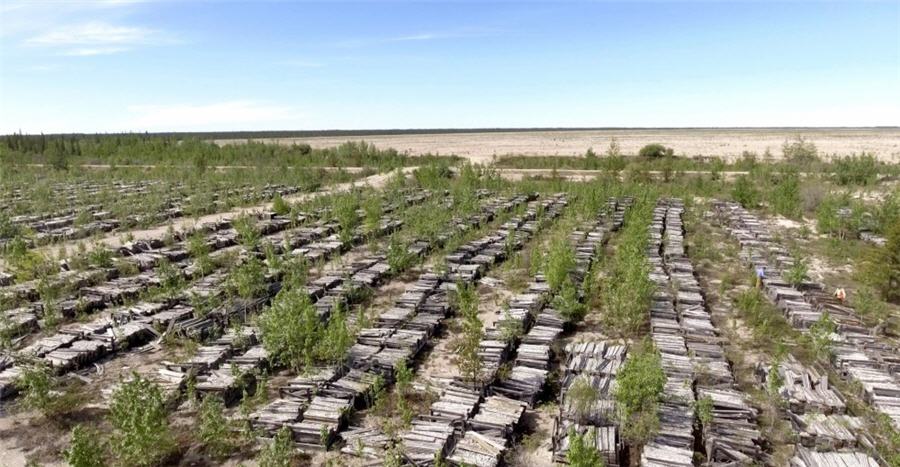
Osisko Metals (CVE: OM) is planning an innovative airborne gravity gradiometry survey – called AGG for airborne gravity gradiometry – over the Pine Point area 65 km east of Hay River in Canada’s Northwest Territory.
The survey should identify new “prismatic type” deposits of zinc and lead in conjunction with a newly developed GIS compilation and drill hole database.
AGG surveys measure the density changes between the lighter host rock and denser sulphide mineralization
Pine Point mineralization is usually unresponsive to airborne geophysical tools. The AGG is a first for the former producing property. It flies slower and lower than fixed wing surveys and should provide exceptional resolution. The Central, North and East Mill zones will be covered.
AGG surveys measure the density changes between the lighter host rock and denser sulphide mineralization. At Pine Point the mineralization is exclusively a combination of sphalerite and galena, so the density difference should be easy to identify. Results of the survey are expected in August.
The survey will be flown and processed by CGG Canada Services using its Falcon system on a helicopter platform known as HeliFalcon.
Osisko Metals president and CEO Jeffrey Hussey said he is hoping the survey will result in a new discovery of a prismatic type deposit. “Previous operators simply did not have the tools we have today to generate targets at Pine Point,” he said in a news release.
Osisko has already identified an inferred Pine Point resource of 38.4 million tonnes grading 4.58% zinc and 1.85% lead.
(This article first appeared in the Canadian Mining Journal)